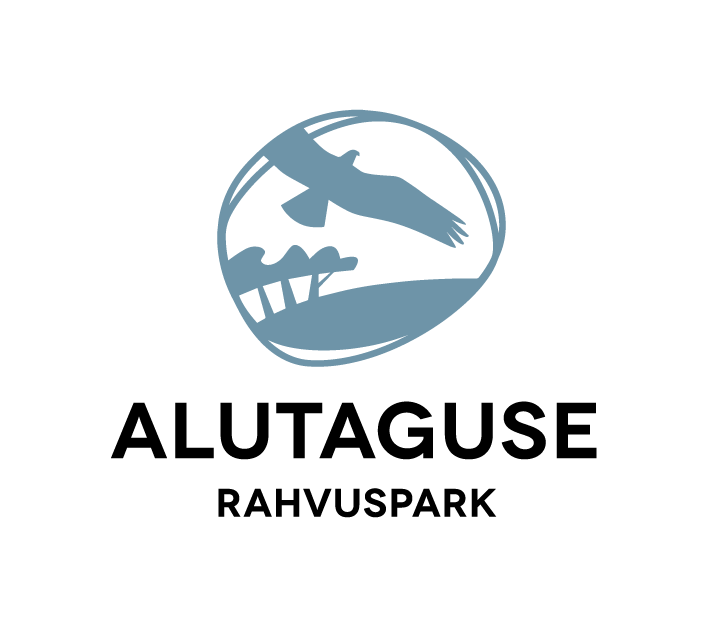
Bog Selisoo
The Alutaguse National Park, Selisoo Protected Area (2,051 ha) values bog and forest communities. The Selisoo Protected Area is a part of the Natura 2000 network.


Selisoo Mire Photo by Jürgen Öövel
The Selisoo Mire with its numerous pools formed when a lake overgrew after the glacial age. It is one of Estonia’s oldest mires, and is 7.4 km in length and 3.7 km in width. The last pool (3.4 ha) of the former lake is overgrowning faster due to an outlet. After World War II, an extensive network of ditches was established around the mire, which has drained most transition mires and fens around the bog. Therefore the bog is covering with forests in the north, east and west, and the biota typical of an open bog is in danger. In the west, the mire is bordered with Mäetaguse Esker. The Selisoo Mire stabilizes the water regime of the neighbourhood and of the Muraka Wetlands. The mining of oil shale in its north and north-east may demolish the basic equilibria forever. The pools and bog of Selisoo provide habitats for protected species of birds. Geese and cranes stop here during their spring and autumn migration.
There is an ancient iron melting site nearby in the village of Metsküla.
The Selisoo Mire has a hiking trail, and recreation and camping sites.
Ida-Virumaa’s largest protected areas have been formed to protect the Alutaguse Wetlands, all of which being the parts of the Natura 2000 network. The naturally preserved mires are rare throughout Europe. Wetlands contain considerable stocks of clean water and it is important for both people and the species living there to protect them. Only 16% of the former territory of our wetlands has been placed under protection. Due to drainage, most bogs are not able to produce more peat. Nearly all Estonia’s greatest wildfires have takem place in drained bogs. The importance of wetlands is more and more acknowledged and possibilities for their restoration are actively being sought for. In addition to the drainage for the forest plantations and peat production, the county’s fens and bogs are also endangered by the oil shale mines and alkaline air pollution.
- Right of way: you can pass through and stay on private land from sunrise to sunset without causing disturbance to the owner or damage to the property.
- If the private property is fenced or posted against trespassing, the landlord’s permission is necessary.
- You can use a non-propelled floating craft to move around internal water-bodies.
- It is permitted to drive your motor vehicle on public roads and pathways. Parking is allowed within designated parking areas.
- Camping and making fires is allowed only in prepared and designated locations.
- Do not use growing trees or bushes for fire.
- Making fires during a high fire-risk periods is striclty prohibited, even in special camp-fire locations.
- Please make sure no detergents enter natural water bodies
- Please use appropriate toilet facilities
- Please keep your pets under control and on leads at all times, they are a threat to wild life.
- Picking up wild berries, mushrooms and flowers etc is allowed, unless it is a protected species.
- Do not desecrate the natural beauty of the area
- Please report any damage or theft you may witness to the natural habitat to this area to 1313 (Environmental Information)
More informations: loodusega koos and visit estonia